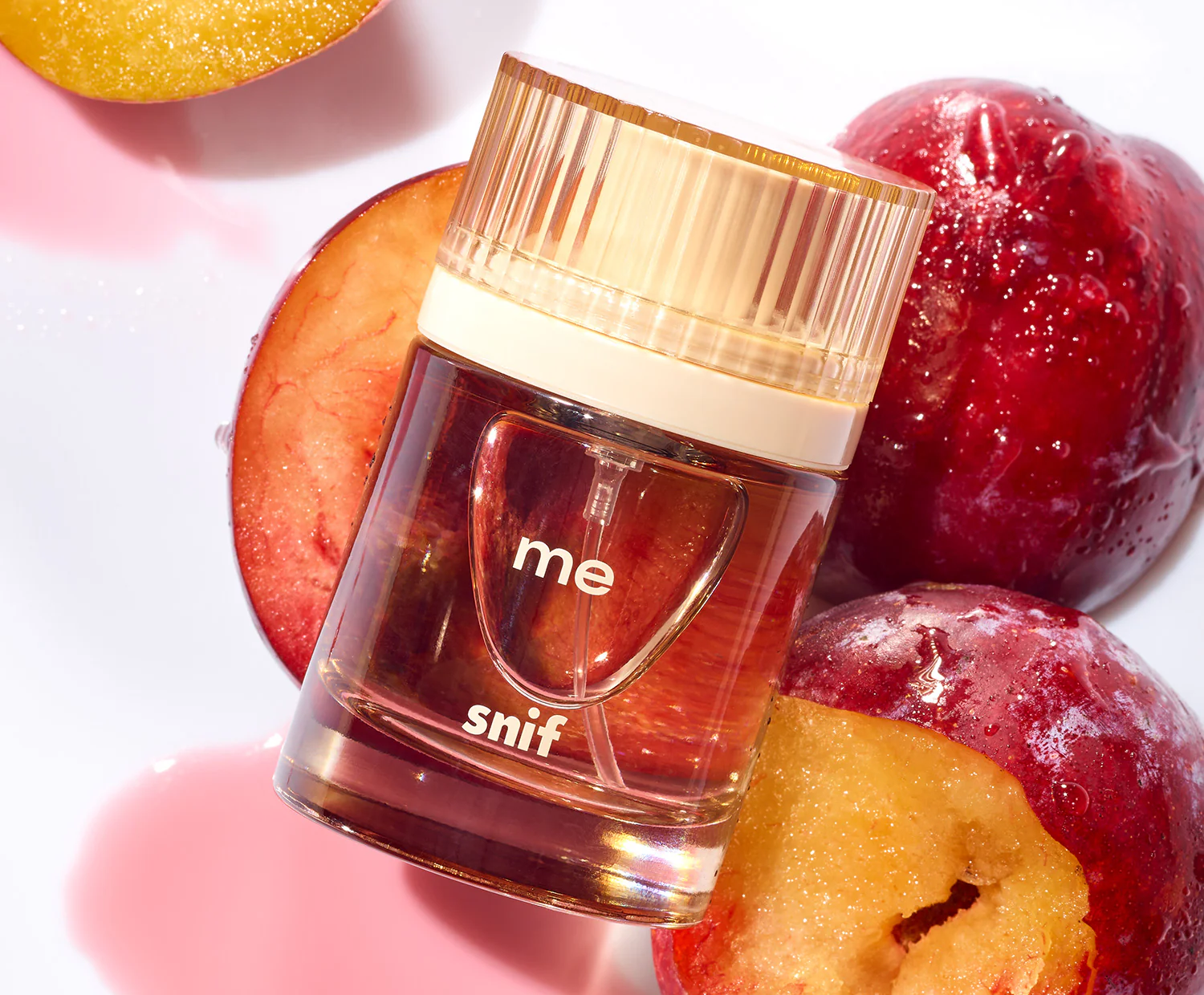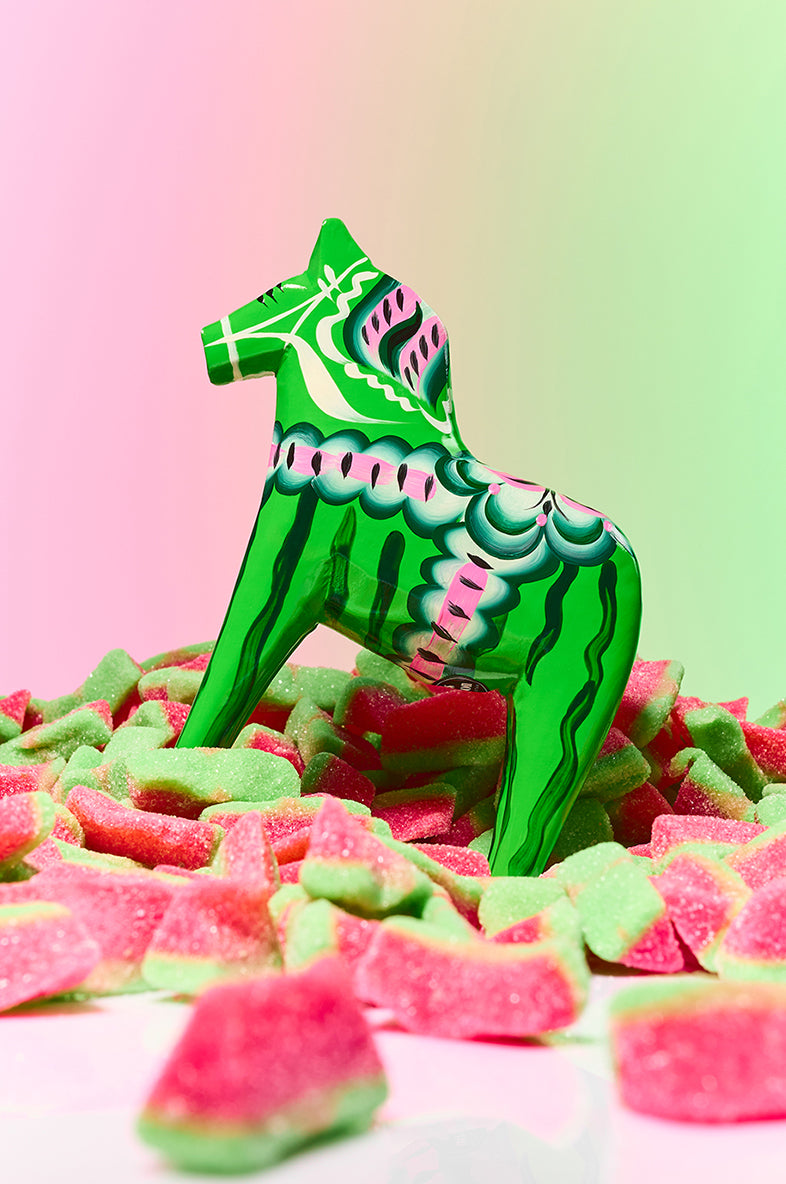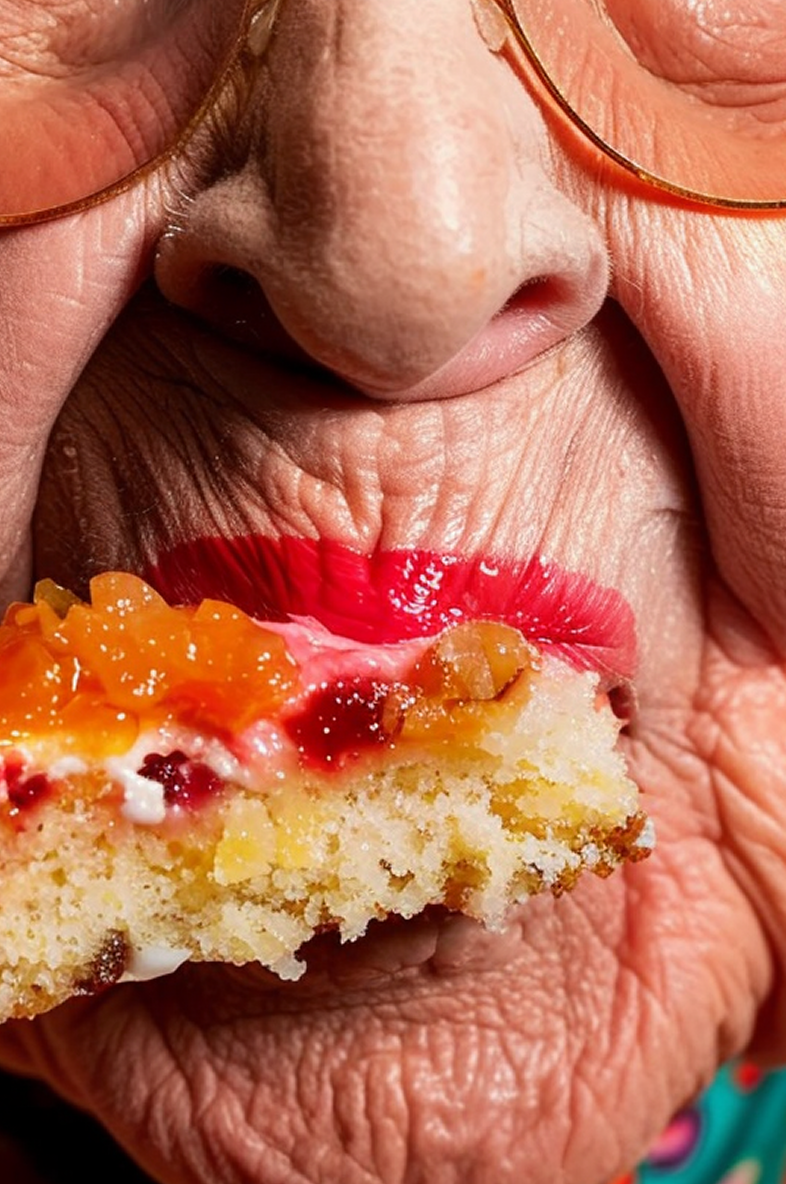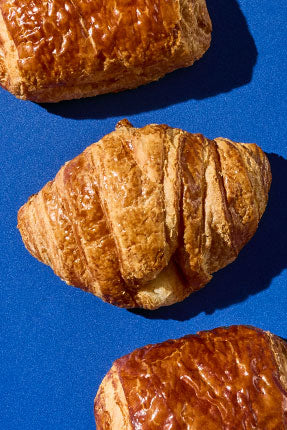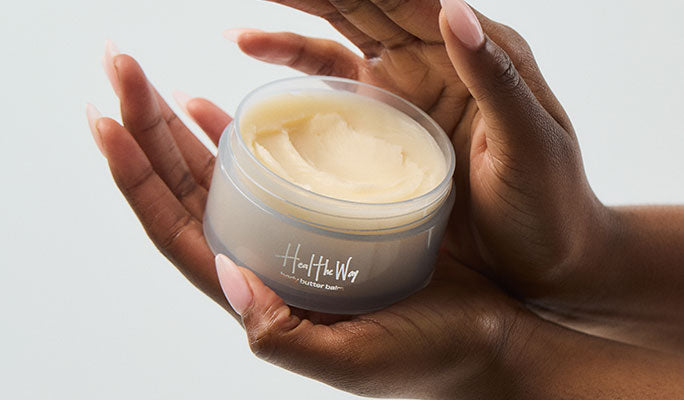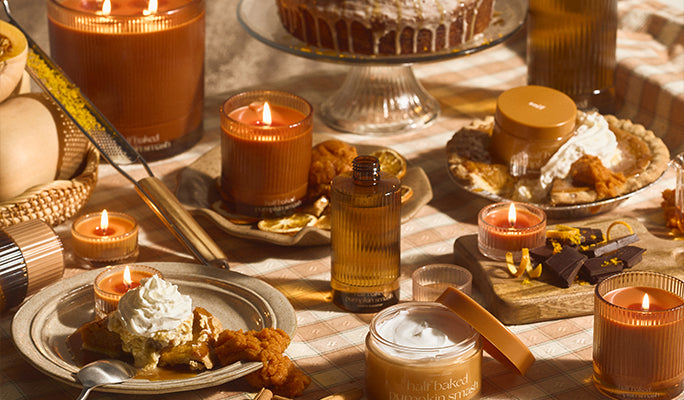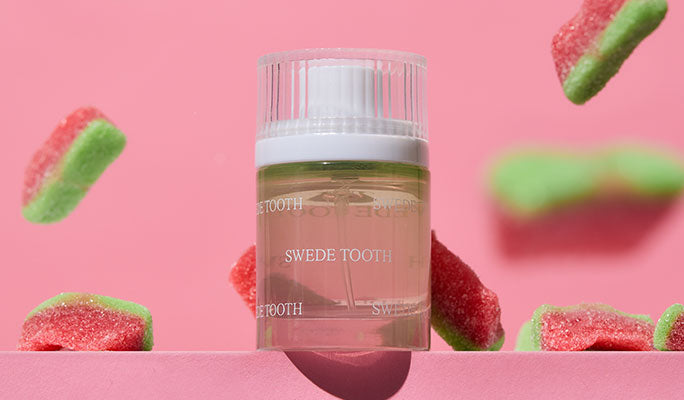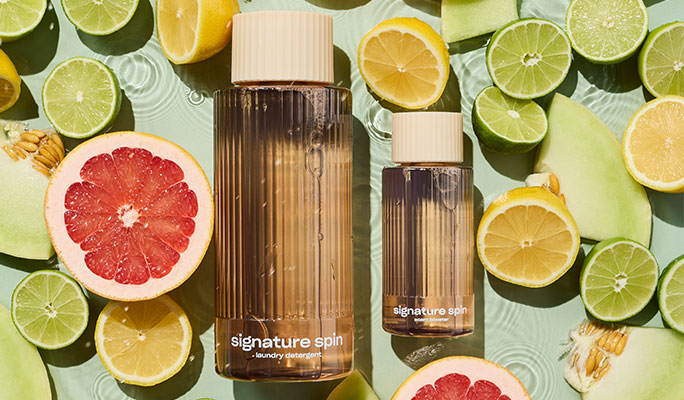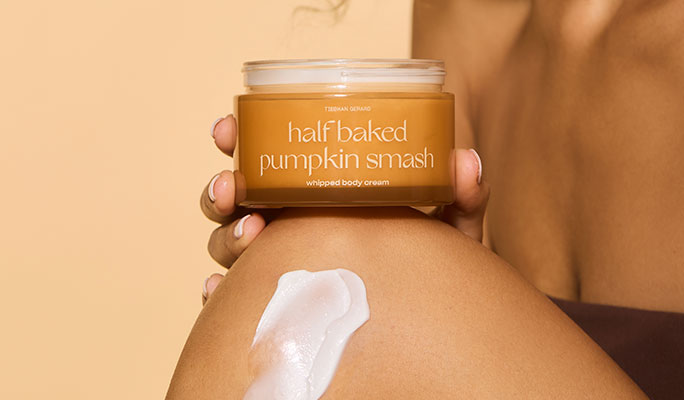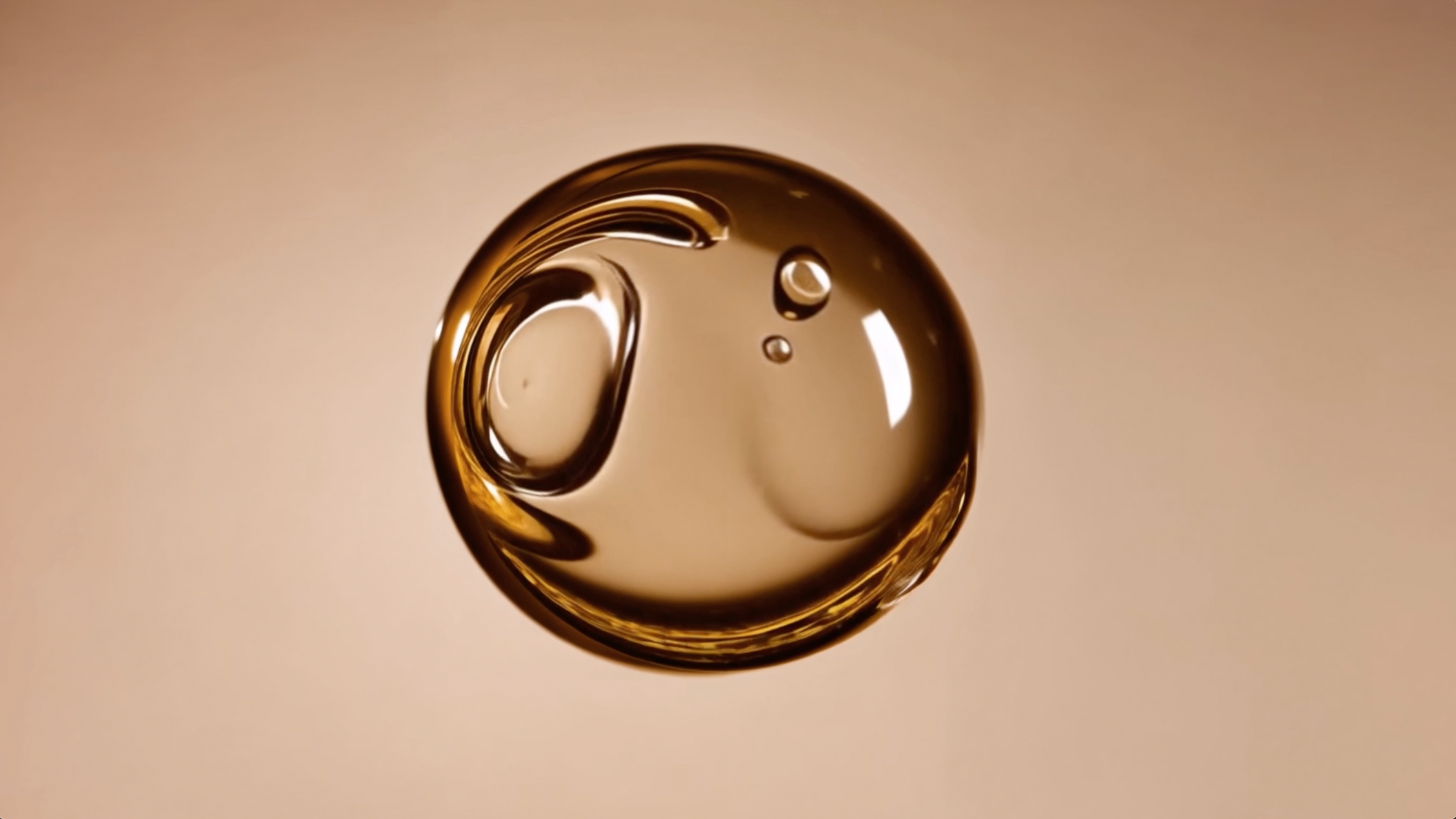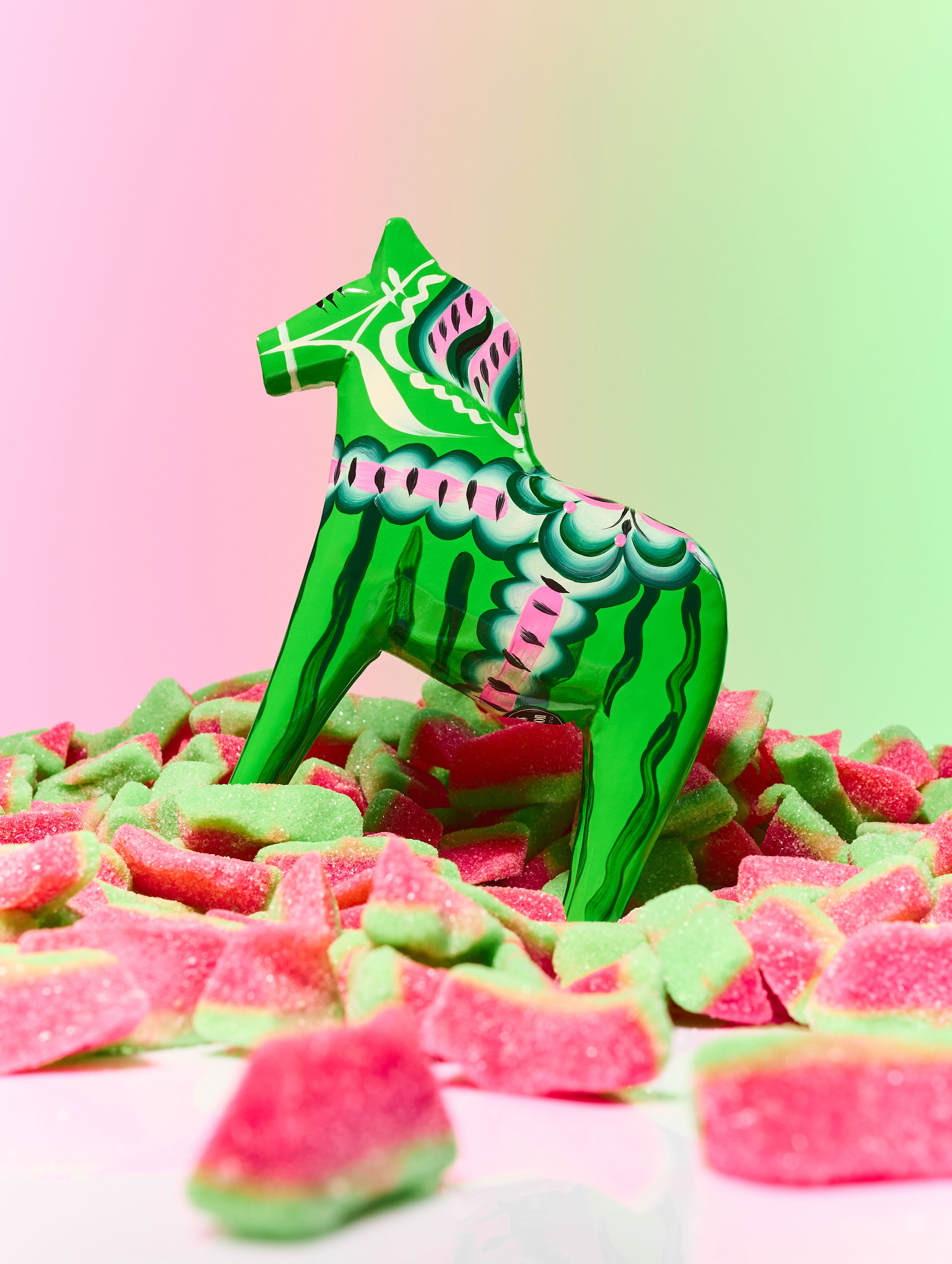At Snif, we believe that trying and finding the fragrances you love should be fun. This means that you won’t see us referencing eau de parfum in our product descriptions or pulling out other, niche perfume vocabulary.
Although we don’t tend to dive into fragrance notes when it comes to our products, it’s hard to navigate the world of perfumery without knowing a little bit about them.
That’s why this guide will demystify fragrance notes, take a close look at the science behind them, and provide you with information about some of the most common fragrance families.
What Are Fragrance Notes?
Before we break down the different fragrance notes, it’s important to understand what they are in general. Just like a page of sheet music has all the different notes that make up a song, a scent is made up of several different fragrances that come together to make it complete.
You can think of fragrance notes as the different, foundational building blocks in a fragrance that give it its distinct smell.
Usually, fragrance notes in a perfume are categorized into three main groups: top notes, middle notes, and base notes. This section will get into the differences between these three and how you can identify each in your signature scent.
Top Notes
You might hear top notes referred to as headnotes because they help a fragrance make a first impression. When you first spritz on a fragrance and get a whiff of something, that something is the top note. Usually, top notes will only stick around for the first five to 15 minutes after you spray on a fragrance.
Although they fade quickly, top notes are crucial because they set the stage for a fragrance and will likely be the scent that you associate most strongly with your favorite fragrance. Some of the most common top notes come from the citrus or floral families (we’ll say more on this later).
When you see lemon, orange, basil, rose, lavender, or bergamot in a scent, they’re likely the top notes.
Middle Notes
Middle notes form the real heart of the fragrance, which is why they’re sometimes also referred to as heart notes. Although these scents won’t immediately jump out at you, they are crucial because they often serve as a buffer between the top and base notes.
You’ll generally start to get a whiff of the middle notes in a fragrance roughly 20 minutes after you apply it, and those notes will usually stick around for up to an hour after the initial spritz. You can think of middle notes as the bridge that brings some of the essence of top notes to the fragrance while also introducing new, deep scents.
When it comes to middle notes, rich, aromatic fragrances are usually the top contenders. This includes florals like geranium, ylang-ylang, jasmine, and neroli, as well as spicy aromatics such as pepper, lemongrass, cinnamon, and cardamom.
Base Notes
Base notes and bottom notes last the longest of all the scent notes and form the foundation of a fragrance.
Unlike top notes and middle notes, base notes aren’t the show-stopping scents that will first pique your interest. Instead, they’re the underlying scents that provide a more subtle aroma to the fragrance. They’re also referred to as the “dry down” of a scent, because they linger after the top and heart notes of a fragrance have evaporated.
These are the notes that will last the longest on your skin — some of the strongest base notes can last for more than eight hours. When you’re trying to identify base notes, think of rich, deep fragrances that are woody or musky. Common base notes include sandalwood, patchouli, vanilla, musk, tonka bean, and vetiver.
What Is the Science Behind Fragrance Notes?
The science behind fragrance notes might bring you back to high school chemistry, but we promise it’s not too complicated. Basically, the weight of the molecules of the different fragrances is what determines how long they last and when you smell them.
Given that top notes are volatile, small, and light, they have a shorter life and more fleeting nature. Usually, middle notes are more mellow because they are slightly larger and heavier than top notes. That said, base notes are the heaviest of all, and because of this, they are less volatile and stick around the longest on your skin.
What Does a Balanced Fragrance Look Like?
When you hear the word “balanced” used to describe a fragrance, it’s referring to the ratio of top, middle, and base notes that make up the fragrance.
Generally speaking, a balanced fragrance is one where you can distinctly smell all three types of notes.
Although fragrance making is an art and each scent will have a somewhat different ratio of top to middle to base notes, there is a rule of thumb that fragrance-makers often keep in mind to make sure a scent is balanced.
The middle notes should typically make up 50-75% of the fragrances in the blend, the top notes should make up 20-40% of the blend, and the base notes should only make up about 5-10%.
What Are Some Common Fragrance Note Families?
Now that you know about the different types of fragrance notes and the science behind how they interact in a scent, it’s time to look at the common fragrance note families. Fragrances are broken up into families to make it easier to group them together.
In this section, we’ll look at four different fragrance note families — floral, fruity, gourmand, and musky — as well as Snif scents that fall into each of these categories.
Floral
The first fragrance note family we’re looking at is the floral family. As you might have guessed, floral scents tend to be light and green with strong, evocative top notes.
Depending on the ingredients mixed in to create them, floral fragrances might also be powdery, sweet, or spicy. When it comes to fragrances, some of the most popular floral smells include rose, jasmine, and peonies.
Vow Factor is one of Snif’s freshest fragrances and features many floral top notes. Combining green fig, mandarin, galbanum, neroli, rose, orris, cedarwood, tonka bean, and ambrette seeds, this fig scent is ripe, fruity, and floral just in time for summer.
Fruity
Fragrances in the fruity family can vary greatly depending on what type of fruit they make use of. Generally speaking, fruity smells act as top notes in fragrances and give them an irresistible sweetness.
If you’re looking for a fruity fragrance to shake things up, look no further than Tart Deco. The black cherry, raspberry, and rose in this cherry fragrance are sweet, sultry top notes that lure you in. From there, jasmine and mimosa mellow things out and give it a floral twist.
To complete the fragrance, birchwood, vetiver, and vanilla come through as the base notes that leave a lasting impression.
Gourmand
Gourmand fragrances are scents inspired by your favorite foods. From your favorite gelato to a fresh latte, gourmand fragrances tend to be more distinctive and experimental. In this fragrance family, rich, deep base notes are usually the stars of the show.
Crumb Couture is a gourmand croissant fragrance that will transport you to the first delicious bite of a freshly baked croissant. Featuring croissant accord, wild berry jam, blackcurrant, toasted vanilla, tonka bean, and sandalwood, this fragrance is a tasty delight.
Musky
For lovers of more subtle fragrances, musky scents may be ideal scents for you. Although musk used to have a rich, leathery scent, musky fragrances tend to be more mellow, powdery, and clean-smelling today.
Suganami offers an effortlessly cool, natural take on a musky scent. Made with angelica seeds, coriander, iris, rose, cypress, myrrh, amber, cedarwood, and creamy musks, this soft scent is low-key and unbelievably smooth.
Get To Know Your Go-Tos
You’re officially a fragrance note pro. If the perfume jargon ever gets overwhelming, there are three basic types of fragrance notes that you can look out for: top notes, middle notes, and base notes.
From there, you can start to sort your favorite fragrances into their fragrance families to get a sense of what appeals to you. The best part is that when it comes to finding your go-to scent, you can let your nose make all the choices.
Sources:
Citrus Essential Oils in Aromatherapy: Therapeutic Effects and Mechanisms | NIH
Scientific basis for the therapeutic use of Cymbopogon citratus, stapf (Lemon grass) | NIH

